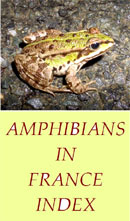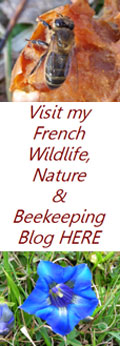Common and Stripeless Tree Frog
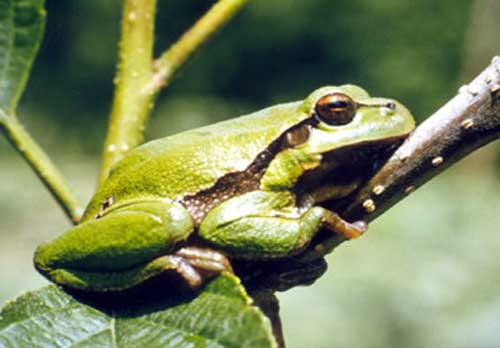

Rainette Arboricole - Hyla arborea - Common Tree Frog
Rainette Meridionale - Hyla meridionalis - Stripeless Tree Frog
The common tree frog, like its cousin, the stripeless tree frog, is different from other French frogs in that it has the possibility to climb in vegetation or indeed on almost any other structure by virtue of adhesive pads on the ends of its digits.
The common tree frog can be found in most areas of France except the south, (see map).It makes use of a large range of habitats where it rarely descends to the ground as it tends to spend its time in bushes and small trees where its presence is often made evident by its loud singing. This is more rapid than the stripeless and can be heard from April until early summer and again at the end of summer into autumn. Average size is about 4cm with a maximum of 5cm.
Generally nocturnal, but not exclusively, it eats insects which it catches with its projectile tongue, these are often taken on the wing. It will frequently move into deep wells and other subterranean cavities when conditions are particularly hot or dry. Hibernation takes place from October until March, although it will remain active during periods of milder weather.

Photo.Rainette Arboricole Hyla arborea Common Tree Frog
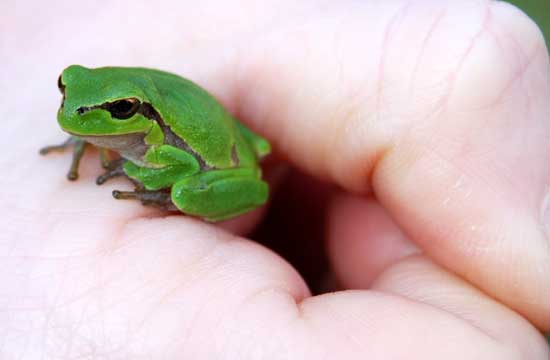
Reproduction: The males arrive first at ponds, lakes, ditches and slow moving rivers in April where each individual creates a territory of around 6 metres diameter which it defends. When night falls the singing starts to attract and guide a female to their position. Eggs are laid in the water in smallish packets, perhaps as many as 50, over a number of days and number between 800 & 1900 eggs per female in total. These float on top of the water and hatch in about two weeks. Metamorphosis takes place after three months when the young leave the water and then remain land dwellers for at least another three months.
The stripeless tree frog shares many of the same characteristics but spends more of its time on land. It is also limited in its range to the more Mediterranean regions of France and the coastal areas as far north as the Gironde, (see map), where it can be found in a number of habitats including town centers. As far as water is concerned it can tolerate a degree of salinity which gives it the ability to frequent coastal waters and wetlands. Occupying the milder areas of France it will be active for most of the year. Slightly larger than the Common tree frog at 5cm to 6cm. The eggs are again produced in small packets which are fertilised as they are produced. These are then carefully tied around the base of a rush or a submerged grass stalk.
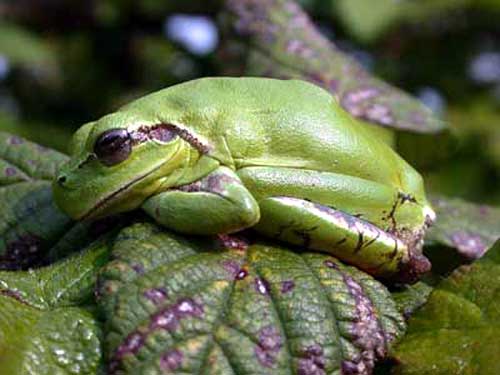
Photo.Rainette Meridionale Hyla meridionalis Stripeless Tree Frog
Both species can sometimes exhibit different colorations as a result of variations in the pigmentation present, or even the complete absence of a particular pigment. As a result it is possible to find individuals that are Black, Grey, Brown or Blue, as well as some that are partially these colours with green
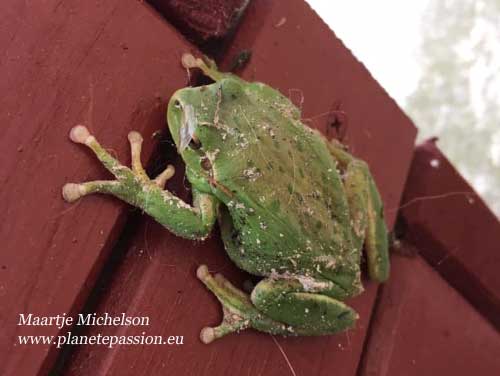
Photo above: Stripeless tree frog with spots and brown pigmentation. Photo - Maartje Michelson
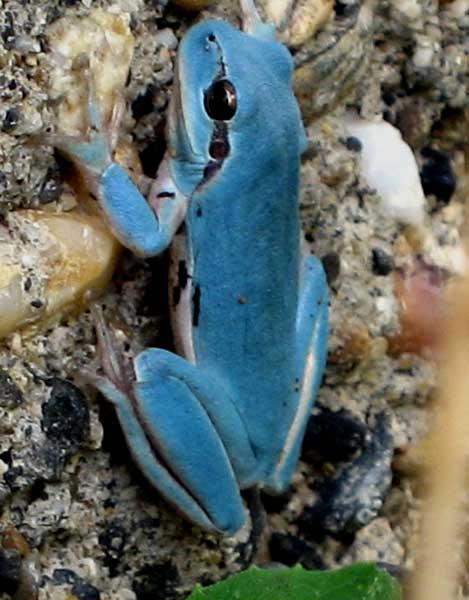
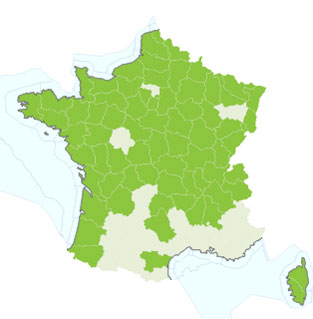
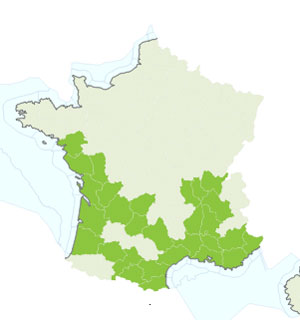
Both species have seen considerable population decline and are considered vulnerable, both mentioned in the National red list; art.1.

